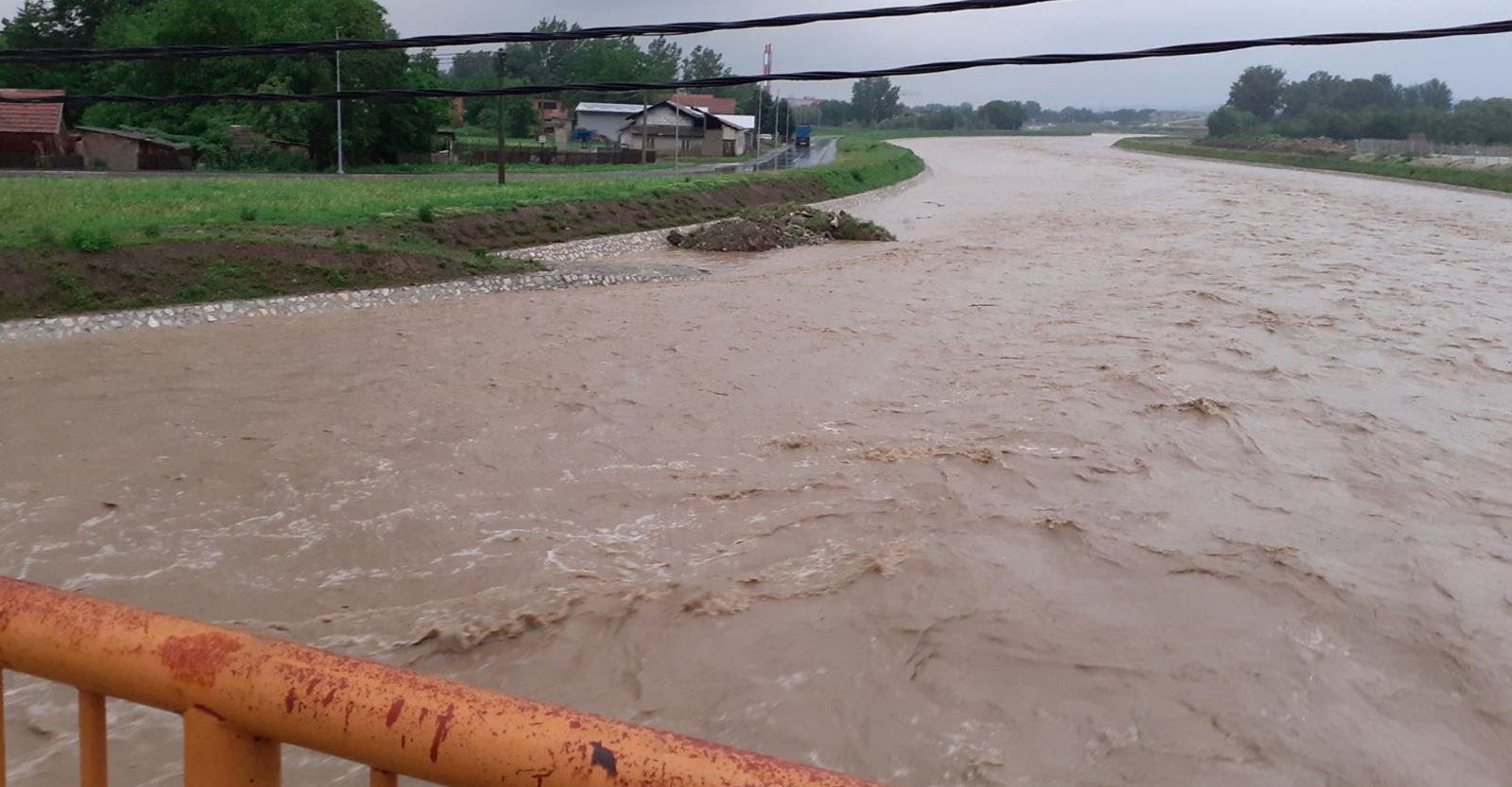A quick response to floods, such as placing sandbags in the right places or rerouting the water, can prevent it from penetrating facilities and inflicting damage. When racing against time, having a machine that can fill up to 4,600 bags with sand in an hour is crucial. This is a story about the machines and training people on both sides of the Danube to respond quickly to floods in order to increase readiness to fight floods.
The floods that hit Serbia in May 2014 took the lives of 32 people and put the lives of over 1.6 million people in danger. The consequences of those floods are still being remedied, while the efforts to strengthen disaster risk management and the flood prevention system are still ongoing after seven years.
In the aftermath of floods, Serbia has benefited from substantial assistance from the international community, while the European Union (EU) alone has donated 140 million euros for reconstruction and flood prevention. Also, in the aftermath of floods, Serbia has founded a separate intersectoral institution, the Public Investment Management Office and, with support from the international community, it has also launched a major reconstruction programme.
The 2014 floods hit the entire region and reminded us that water knows no borders, even though rivers often mark the physical border between countries. Although it does bring numerous benefits, water can also pose a hazard that we must consider and be ready to prevent it from inflicting damage on people and the infrastructure. The Croatia-Serbia cross-border cooperation project Together We Stand – Zajedno smo jači is focused on the border formed by the river Danube and which, according to estimates, poses the biggest flood risk in the region in the coming years.
That is why cross-border cooperation between Serbia and Croatia is of crucial importance. The longest European river runs 588,5km through Serbia, 138km of which forms the natural border between Croatia and Serbia. When it overflows, both riverbanks are at risk, says Andrea Stijepić, project coordinator at Regional Development Agency Bačka.
“Flood protection is a common interest and, therefore, a motive to establish cooperation at the regional level. Given that the project deals not only with floods but also hazardous substances and environmental rehabilitation in the aftermath of natural and man-made disasters, the rehabilitation of only one riverbank does not cut it. If we want our rivers and environment to be clean, we have to join forces,” Stijepić explains.
The Croatia-Serbia cross-border region is prone to disastrous floods; climate change in the region is another factor that plays a role in increasing the damage inflicted on nature and communities. The project partners have recognised these risks and joined forces to create a monitoring and early warning system that will shorten the response time and increase security. To achieve this goal, Unikom d.o.o. from Osijek, the Osijek-Baranja County, and the Association for creative development SLAP from Croatia joined forces with the Provincial Secretariat for Agriculture, Water Management and Forestry and the Regional Development Agency Bačka from Serbia.
“The project included a number of activities aimed at establishing a shared system of protection in the event of natural and man-made disasters. To this end, a team of experts has developed various studies, while flood protection and the equipment for the training of emergency services staff were also procured. We also hosted workshops for target groups and events aimed at key interested parties. In the coming period, the project’s second stage is expected to be launched,” Stijepić pointed out.
As part of the project, several highly valuable pieces of equipment were procured, worth more than 570,000 euros, while the staff of the public utility company Vode Vojvodine were trained to use it. The equipment included two sandbag filling machines, with the capacity of up to 4,600 bags an hour, two portable light towers equipped with a power generator, and two 120l/c pumps with a trailer light tower. In addition, 1,200 metres of mobile dams with accompanying equipment are also expected to be procured. The project’s total value stands at 1.7 million euros, 85% of which has been co-financed by the European Union.
Since 2014, the European Union has supported the civil security sector in Serbia with more than 250 million euros.



